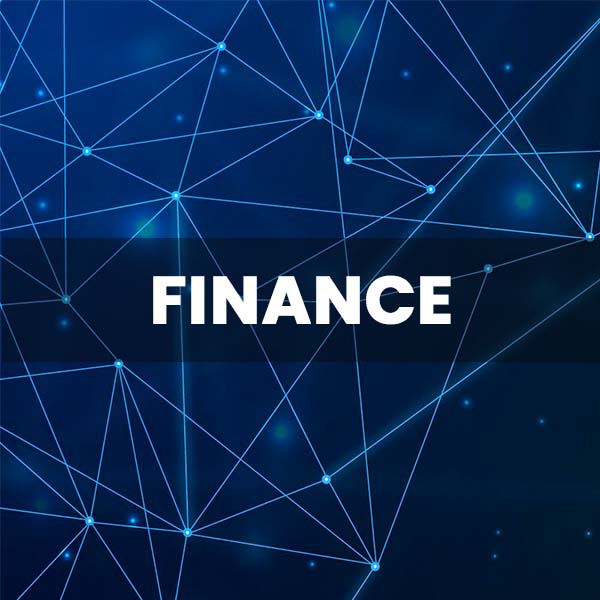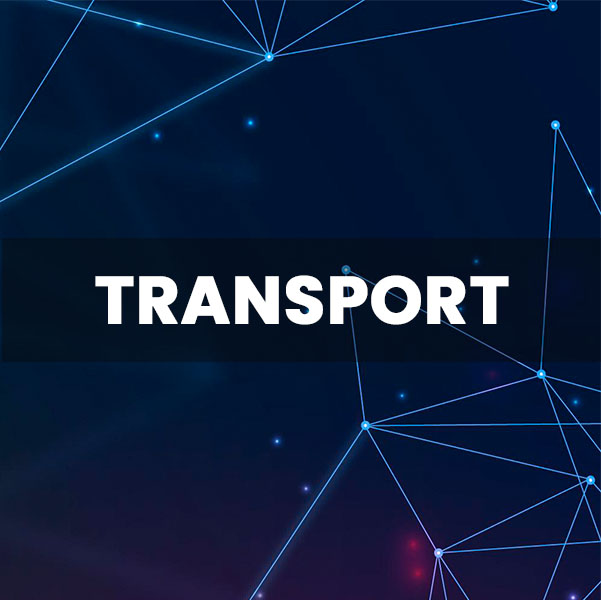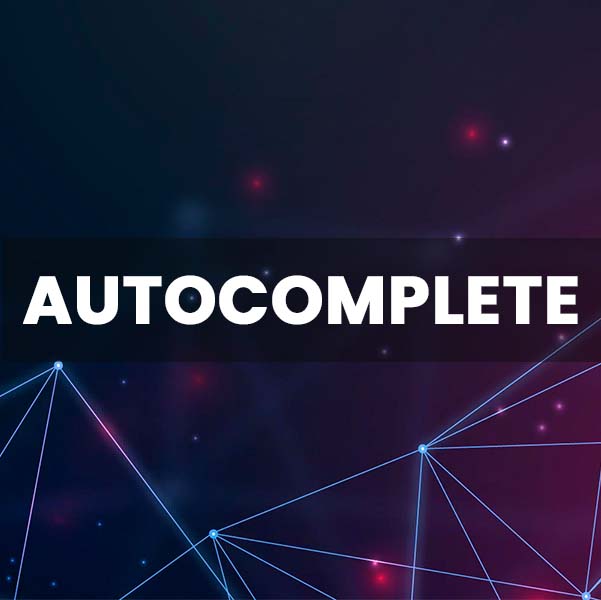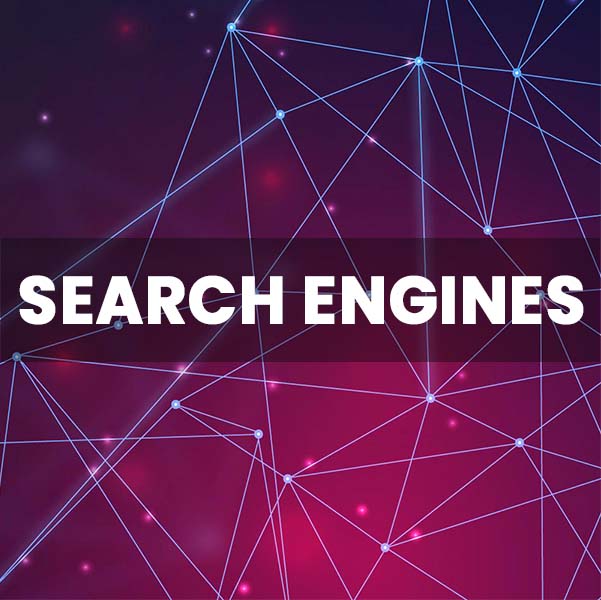Problem Formulation:
This stage involves defining the problem to be solved and the scope of the project. This includes identifying the business problem, the data required to solve it, and the goals of the project.
Data Collection:
This stage involves gathering the necessary data for the project. This may involve collecting data from various sources, such as databases, APIs, web scraping, or sensor data.
Data Preparation:
This stage involves designing the RPA solution architecture, selecting the appropriate RPA tools, and creating the workflows and user interfaces
Exploratory Data Analysis:
This stage involves exploring the data to gain insights and identify patterns. This may involve visualizing the data, computing summary statistics, and performing statistical tests.
Modeling:
This stage involves developing predictive models using machine learning or statistical methods. This includes selecting the appropriate algorithms, tuning the hyperparameters, and evaluating the model performance.
Deployment:
In this stage, the model is deployed into a production environment. This may involve integrating the model into a web application, API, or dashboard.
Monitoring & Maintenance:
After the model is deployed, it needs to be monitored to ensure it continues to perform well. This includes monitoring for data drift, retraining the model as needed, and updating the model as new data becomes available.









